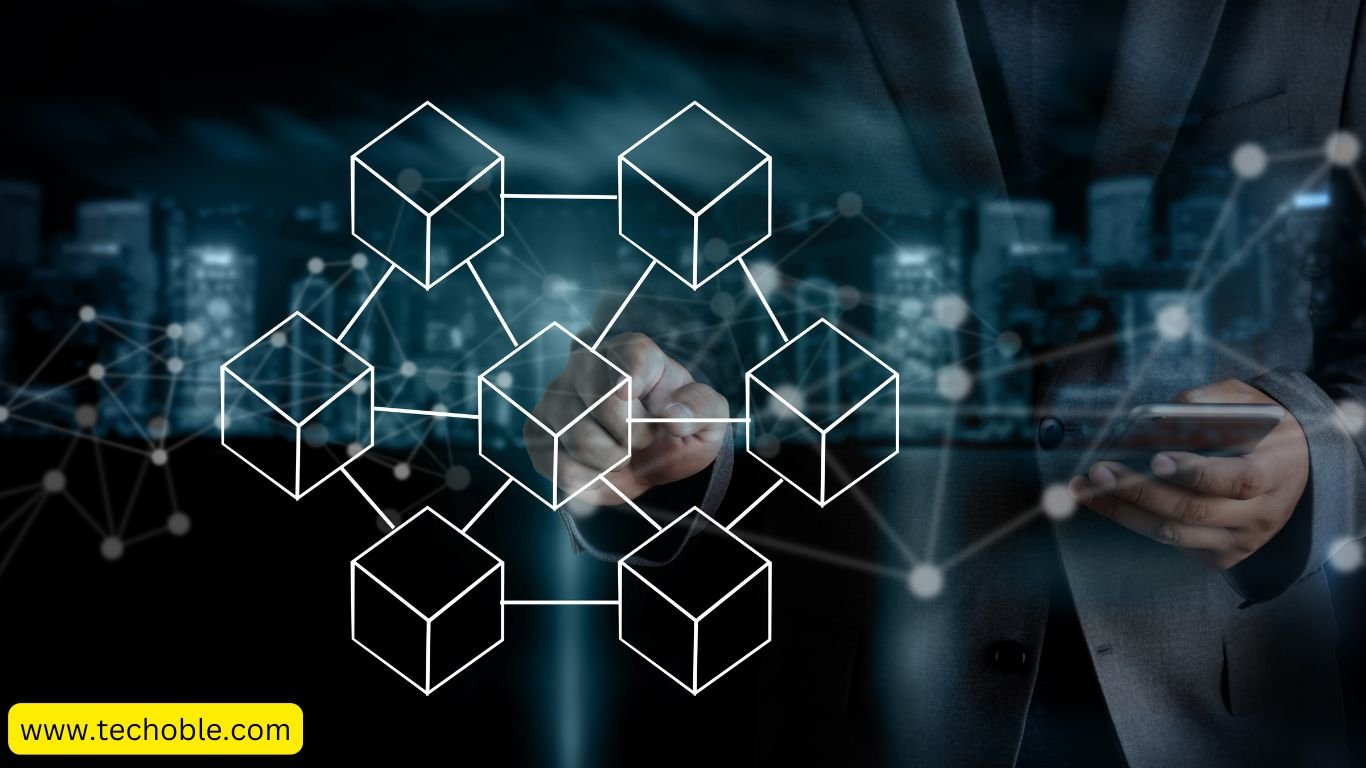 The blockchain and cryptocurrency world has never stood still but 2025 marks a turning point. The technology that once powered digital coins is now powering economies. Across industries, blockchain has evolved from a buzzword into a foundation of trust, automation, and innovation.
The blockchain and cryptocurrency world has never stood still but 2025 marks a turning point. The technology that once powered digital coins is now powering economies. Across industries, blockchain has evolved from a buzzword into a foundation of trust, automation, and innovation.
From AI-powered smart contracts to central bank digital currencies (CBDCs) and green blockchain ecosystems, the pace of change is breathtaking. Cryptocurrency is no longer a niche it’s part of global finance, business supply chains, and even public infrastructure.
As we move toward 2026, blockchain and crypto are merging with artificial intelligence, becoming cleaner, faster, and far more intelligent. Here’s an inside look at how this digital revolution is unfolding and where it’s heading next.
A New Phase of Global Adoption
The biggest story of 2025 is not about a single coin or chain it’s about mainstream integration. Blockchain is now embedded in systems we use daily, from payments to identity management to logistics.
In 2025, global blockchain adoption surged past 1.2 billion active users, with developing economies leading in digital wallet usage. Traditional financial institutions once skeptical are now embracing tokenized banking and decentralized finance (DeFi) platforms for cross-border settlements.
Governments, too, are stepping in. Over 80 nations are testing or launching CBDCs, enabling digital payments backed by national reserves. For instance, several Asian and European countries now allow citizens to receive tax refunds and social benefits directly through blockchain-powered payment networks.

Businesses are also reaping benefits. A logistics firm in Germany reduced its shipping paperwork by 60% using blockchain verification. In healthcare, patient record management has become faster, safer, and privacy-focused through distributed data models.
The message is clear: blockchain has graduated from theory to infrastructure.
Top Blockchain Trends Defining 2025–2026
AI and Blockchain Convergence
Artificial Intelligence (AI) and blockchain are no longer parallel revolutions they’re merging. AI helps analyze blockchain data for fraud detection, predictive analytics, and smarter automation, while blockchain secures AI’s decision-making trails.
In 2025, AI-driven smart contracts became reality. These contracts learn and adjust to conditions without manual intervention. For instance, a smart insurance policy can automatically lower premiums during accident-free periods using verified sensor data.
AI-integrated decentralized applications (dApps) are also gaining traction. They self-optimize, analyze usage patterns, and enhance performance over time creating a feedback loop of intelligence and transparency that traditional systems can’t match.
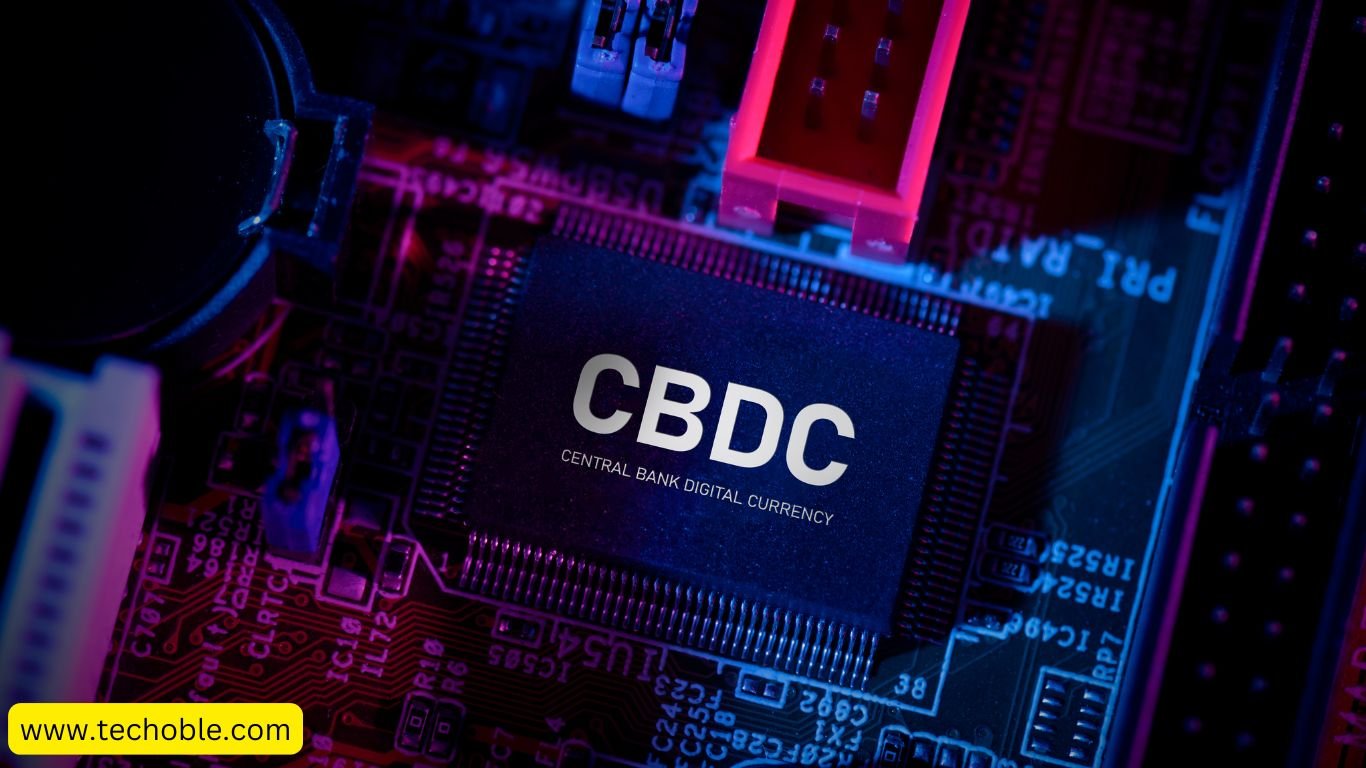
By 2026, experts expect that most enterprise-grade blockchains will include AI governance modules to audit transactions, optimize gas fees, and detect suspicious activity in real time.
DeFi 2.0 and the Tokenized Economy
The first wave of DeFi (Decentralized Finance) was about experimentation staking, lending, and liquidity farming. The second wave, known as DeFi 2.0, is about maturity, stability, and regulation.
In 2025, DeFi platforms began integrating with banks and asset managers. This partnership allows users to access blockchain-based lending products while remaining compliant with financial laws. Transaction speed and security have improved significantly thanks to Layer 2 scaling and cross-chain bridges.
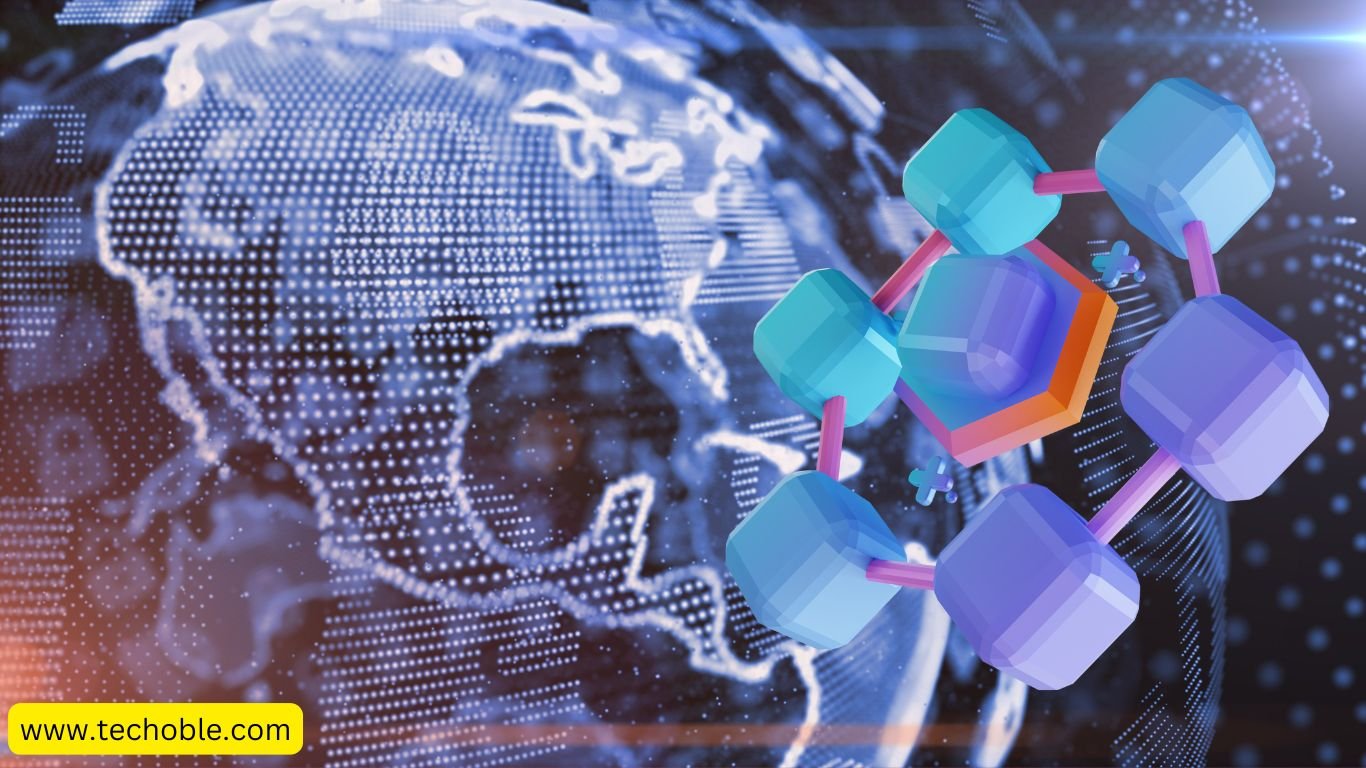
Tokenization is another powerful evolution. Real-world assets stocks, bonds, commodities, even artwork are being represented digitally as tokens. This transformation unlocks liquidity for traditionally illiquid assets. For example, small investors can now own a fraction of a luxury apartment in New York or a barrel of renewable fuel in Brazil, all via tokenized ownership.
DeFi 2.0 is not just about decentralization it’s about integration with traditional finance. That fusion is setting the stage for a new financial era in 2026.
CBDCs and Institutional Integration
Central Bank Digital Currencies (CBDCs) are moving from pilot to production. Governments are using blockchain to issue secure, traceable versions of their national currencies.

The difference in 2025 is scale: CBDCs are now interoperable with retail crypto wallets. Citizens can transfer funds seamlessly between state-backed digital money and private stablecoins. This bridge is narrowing the gap between fiat and crypto, building trust for both sides.
Large corporations are also joining in. Global payment networks are integrating CBDCs into their platforms, allowing international transactions to settle instantly without relying on intermediary banks.
In short, CBDCs represent regulation meeting innovation and that balance could define the next financial decade.
Sustainability and Green Blockchain
The environmental debate that haunted blockchain in its early years has evolved into meaningful action. In 2025, more than 70% of new blockchains use Proof-of-Stake (PoS) or other energy-efficient consensus systems.
Mining farms now rely heavily on renewable energy, with solar, wind, and hydro powering many large-scale operations. Some blockchain projects even recycle heat from data centers to warm nearby buildings a creative win for both efficiency and sustainability.
A new concept, carbon-neutral blockchains, is emerging. Networks like these offset emissions by automatically directing a portion of transaction fees to verified carbon credits.

Sustainable blockchain isn’t just an ethical trend it’s becoming a business advantage as eco-conscious investors prioritize green projects.
Cross-Chain Interoperability and Layer 2 Scaling
For years, blockchains operated like islands each with its own rules and limitations. That’s no longer the case. In 2025, interoperability became one of the most crucial breakthroughs.
Layer 2 solutions now connect previously isolated blockchains, allowing transactions to flow smoothly across ecosystems. A payment initiated on one chain can settle on another within seconds, with minimal cost.
This evolution is transforming blockchain into a connected web of networks, not just a single chain. It’s faster, cheaper, and far more scalable laying the foundation for global mass adoption.
The Rise of Real-World Tokenization
Tokenization has become the bridge between digital innovation and the real economy. The concept turning physical or financial assets into blockchain-based tokens is exploding across industries.
How It Works
Each token represents a verified share of a real-world asset, recorded securely on a blockchain ledger. Transactions become instant, borderless, and transparent.
Here’s how tokenization is shaping key industries:
| Sector | Use Case | Impact |
|---|---|---|
| Real Estate | Fractional ownership of properties | Opens investment to small investors |
| Finance | Tokenized bonds, ETFs, and equities | Enhances liquidity and global reach |
| Supply Chain | Tracking goods with digital twins | Improves transparency and fraud prevention |
| Art & Media | NFTs for royalties and rights management | Automates creative revenue sharing |
Example in Practice
In 2025, a European investment firm tokenized $1 billion worth of real estate portfolios, allowing investors worldwide to buy shares through blockchain. By 2026, experts predict more than 10% of global securities will exist as digital tokens.
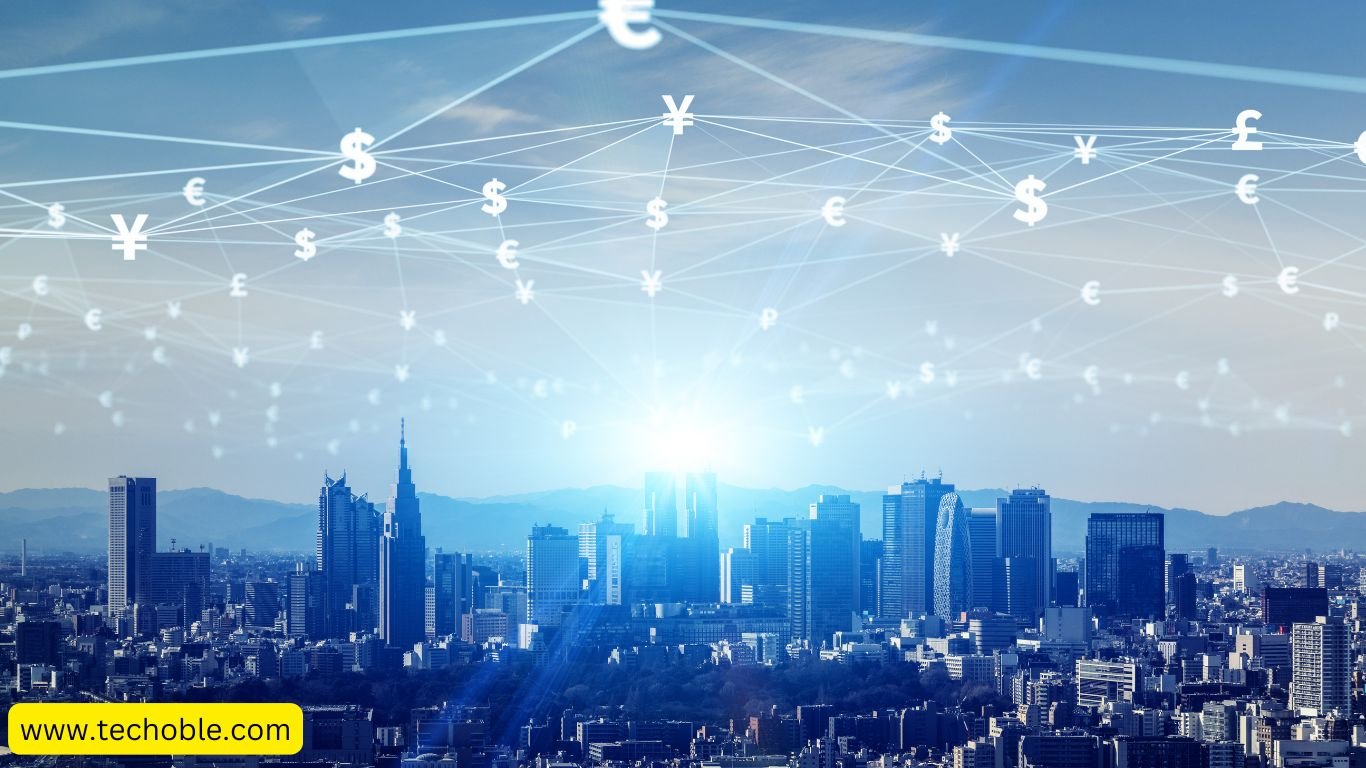
Tokenization isn’t replacing traditional finance it’s upgrading it.
Security and Quantum-Ready Infrastructure
As technology advances, so do threats. Blockchain’s next frontier is quantum resistance developing encryption that can withstand future quantum computer attacks.
In 2025, major blockchain networks began implementing quantum-safe algorithms and multi-signature verification systems. This transition ensures that private keys can’t be cracked by emerging supercomputers.
Meanwhile, AI-driven fraud prevention is becoming the norm. Artificial intelligence continuously monitors transaction patterns, identifies anomalies, and halts potential breaches before they escalate.
Privacy is evolving too. The integration of Zero-Knowledge Proofs (ZKPs) allows users to verify transactions without revealing personal data. Combined with Self-Sovereign Identity (SSI) systems, users gain control over who can access their digital information.
By 2026, these innovations will make blockchain one of the most secure and privacy-respecting technologies in the digital era.
Regulatory Landscape and Global Frameworks
Crypto regulation has matured more in the past two years than in the previous decade combined. The goal: balance innovation with protection.
Governments are now focusing on clarity and accountability rather than restriction. Tax laws are clearer, stablecoin standards are forming, and anti-fraud frameworks are being embedded into crypto exchanges.
Here’s a snapshot of global progress:
| Region | Focus Area | Expected Outcome |
|---|---|---|
| North America | Stablecoin regulation, investor protection | Greater institutional participation |
| Europe | MiCA framework, energy disclosure rules | Sustainable and transparent markets |
| Asia-Pacific | CBDC rollout, digital identity | Rapid adoption of blockchain in payments |
| Middle East | Crypto licensing and sandbox models | Attracting fintech startups and innovation hubs |
This clarity has encouraged corporations, banks, and funds to safely expand into crypto markets, fueling what analysts call “the institutional wave” of 2025–2026.
Crypto Market Outlook for 2026
The crypto market in 2025 has stabilized after several volatile years. By mid-year, Bitcoin and Ethereum both achieved record adoption levels not just in price, but in use.
Bitcoin is increasingly viewed as a long-term reserve asset, while Ethereum dominates decentralized applications and Layer 2 scaling. Emerging projects focus on cross-chain solutions and utility-driven ecosystems, such as AI tokens and decentralized data storage.
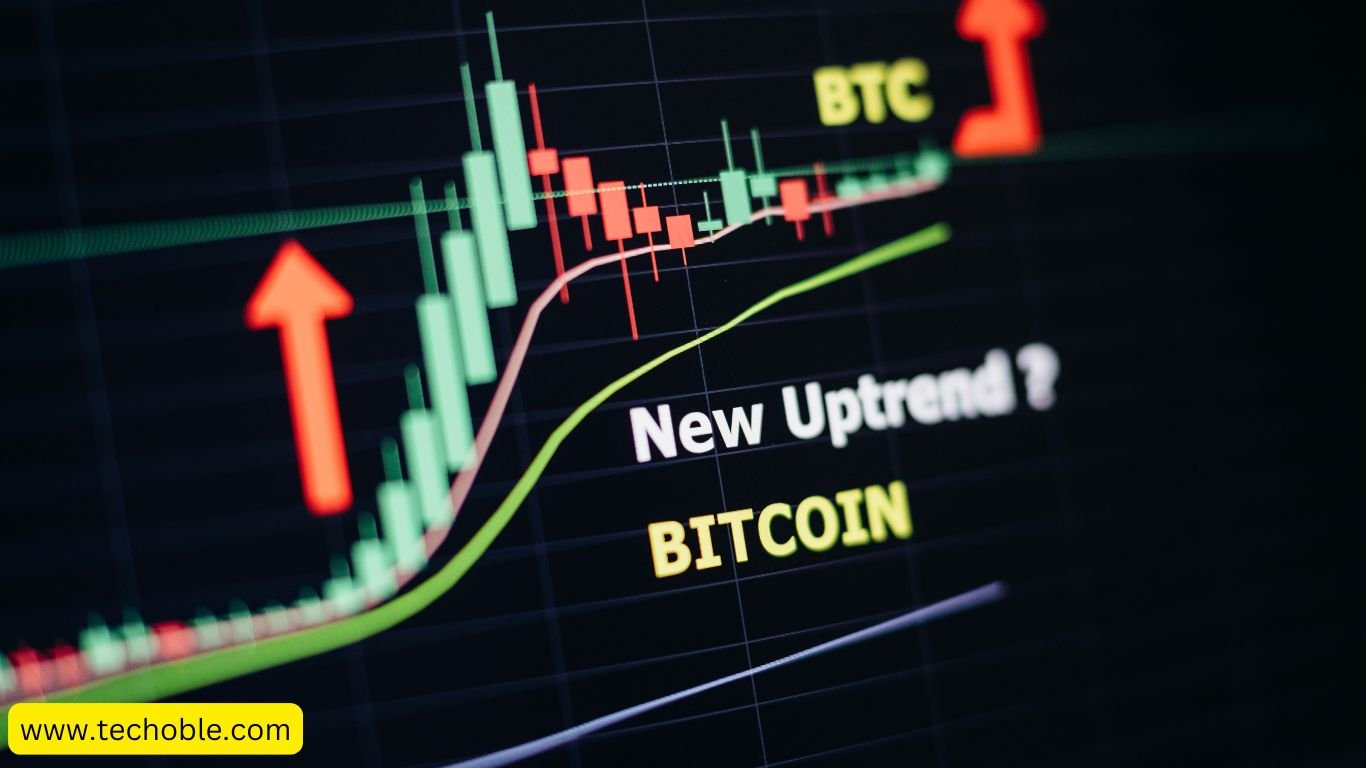
Market predictions for 2026 indicate moderate growth rather than speculative spikes. Analysts expect:
- Bitcoin’s dominance to stabilize around 45–50%.
- Ethereum to maintain its role as the base for smart contract development.
- DeFi and tokenized assets to account for more than one-third of total blockchain activity.
The next growth phase will be powered by utility, not hype a sign that crypto is finally growing up.
Industry Adoption: From Concept to Core Infrastructure
Blockchain’s transformation from concept to core infrastructure is most visible in four major sectors:
Finance
Banks and payment providers are leveraging blockchain for instant settlements and reduced transaction fees. Some financial institutions even run private chains for cross-border settlements.
Healthcare
Hospitals use blockchain to manage patient data securely. Patients control their digital records and share them with doctors or insurance providers on demand no paperwork required.
Energy
Blockchain enables transparent carbon-credit markets and peer-to-peer renewable energy trading. Smart meters record usage data and execute automatic payments.
Public Sector
Governments are using blockchain for land registries, digital IDs, and voting systems. These solutions increase transparency and reduce corruption risks.
Mini Case Study:
A national bank in South America integrated blockchain for foreign remittances in 2025. The result? Transactions that once took three days now settle in under three minutes and at one-tenth the cost.

Beyond Blockchain: The Road to Web3 and the Quantum Economy
If blockchain was the foundation of digital trust, Web3 is the architecture being built on top of it. In 2026, expect the rise of:
- Directed Acyclic Graphs (DAGs): Faster, scalable ledgers that complement blockchain.
- Decentralized Physical Infrastructure Networks (DePIN): Systems that tokenize real-world infrastructure like Wi-Fi hotspots and energy grids allowing users to earn tokens by contributing to public networks.
- AI-Blockchain Fusion: Intelligent, autonomous agents conducting transactions, optimizing logistics, or trading on decentralized platforms.
- Quantum-Safe Systems: Hybrid networks preparing for the post-quantum computing world.
These trends represent a shift from blockchain as a tool to blockchain as a living, adaptive digital ecosystem.
Practical Checklist: Staying Ahead in 2025–2026
Whether you’re an investor, developer, or business owner, staying informed is essential. Here’s your future-proof checklist:
- Stay Educated: Follow reputable blockchain research and learn about AI integration.
- Adopt Secure Practices: Use hardware wallets, strong multi-factor authentication, and offline backups.
- Go Green: Support eco-friendly networks using renewable-powered consensus.
- Leverage Tokenization: Explore investment or business models using digital tokens.
- Integrate AI Tools: Apply AI-driven dashboards for crypto analysis and automation.
- Understand Regulations: Keep updated on your country’s compliance and taxation rules.
- Engage in Communities: Join blockchain forums and professional groups to stay connected.
Adopting these habits ensures you’re not just watching the future you’re part of building it.
Final Thoughts Before You Step Into the Future
2025 and 2026 are not just another chapter in blockchain history they’re the beginning of a connected, intelligent, and sustainable digital economy.
The early years were about discovery. The present is about implementation. The next era is about integration where blockchain, AI, and the physical world converge.
As we move forward, success won’t depend on who holds the most tokens but on who builds the most meaningful systems. Whether you’re a student exploring blockchain’s promise or a business leader navigating digital transformation, the takeaway is the same:
Blockchain is no longer the future it’s the foundation of it.